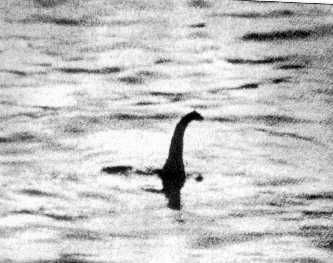
Italian geologist Luigi Piccardi presented a hypothesis during the 2001 Earth Systems Processes meeting in Edinburgh explaining the supposed appearance of the Loch Ness monster.
According to legend, when the infamous Loch Ness monster appears, it's often accompanied by Earth tremors and swirling bubbles from the Scottish lake of the same name. Piccardi believes the shaking ground and bubbles aren't signs of a monster, but rather seismic activity along the Great Glen fault system that runs beneath Loch Ness and other nearby lakes.
Although people may not associate Scotland with earthquakes, Luigi said that the fault line is "very large and very active."
"There are various effects on the surface of the water that can be related to the activity of the fault," Piccardi said in an interview published in the Italian newspaper La Repubblica. "We know that this was a period [1920-1930, a period characterized by many reported sightings of Nessie] with increased activity of the fault, in reality people have seen the effects of the earthquakes on the water."
Unlike Dr Piccardi, some geologists have said that earthquakes did not coincide with the explosion of Nessie sightings in the1930s. They have also claimed that Scotland's most violent earthquakes were too weak to cause noticeable ripples of the surface of the loch.
The Great Glen fault is more than 62 miles long and cuts the Scottish Highlands into northern and southern halves. The strike-slip fault, where rocks slide past one another with no vertical movement, is largely responsible for creating Loch Ness, the deepest freshwater lake in Britain.
The Italian geologist has been careful to point out that he believes the value of his hypothesis lies in making geologists aware of the geological origin of some popular myths.
© 2025 Latin Times. All rights reserved. Do not reproduce without permission.




